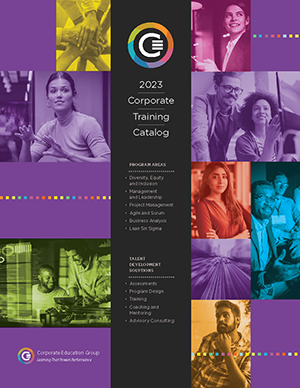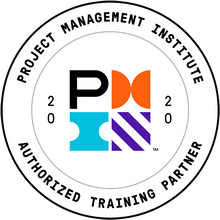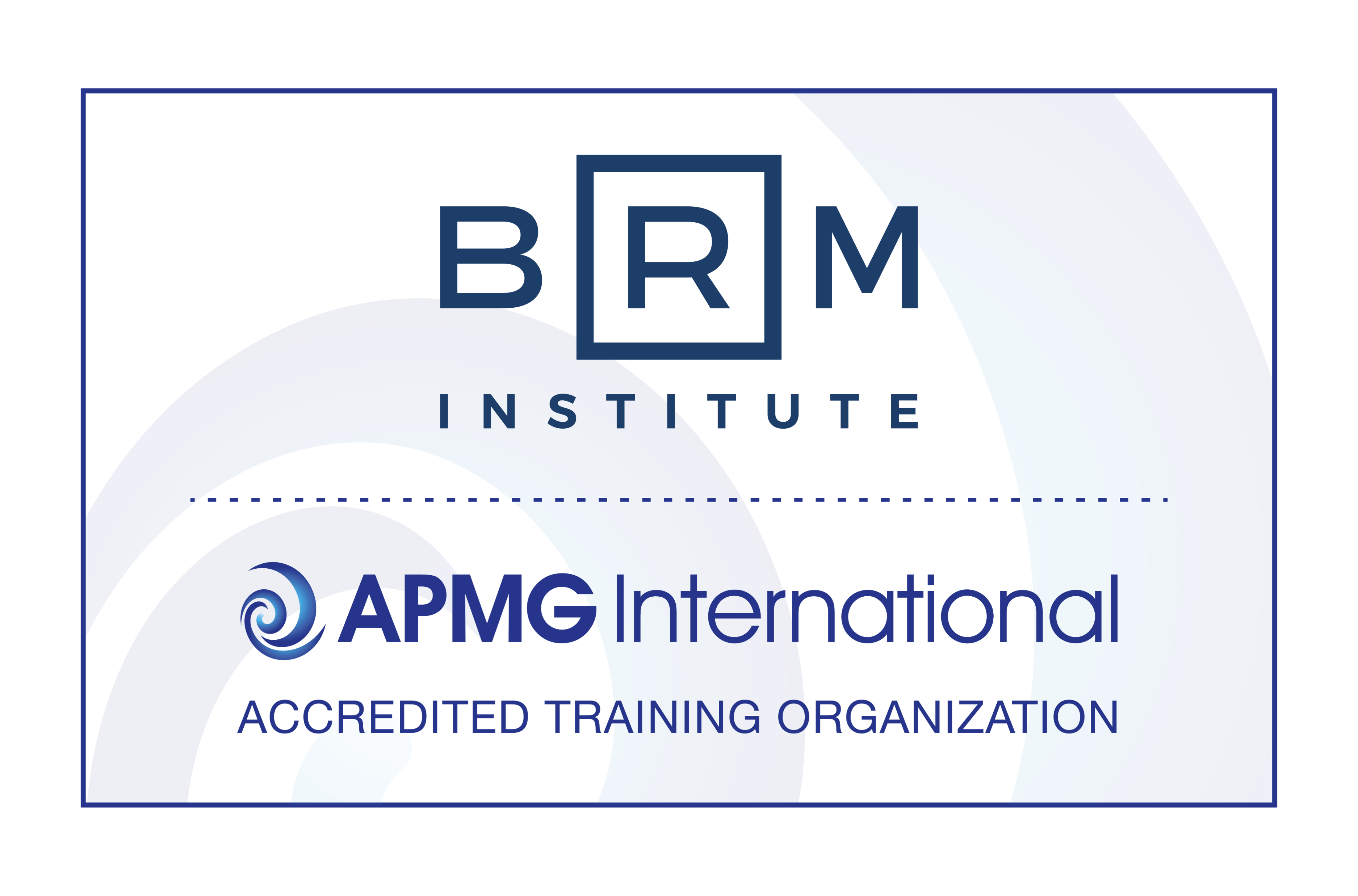The Business Analyst Career Path
Getting Started:
Many people “back into” the role of a business analyst. You might have been a subject matter expert for a critical business system, supporting that system over the years as business needs changed. Maybe you were a “power user” who understood all the subtleties and complex relationships inside the system. Because you knew the system so well, whenever there was a change needed, you would often be asked to write out the requirements so that the technical solution providers would be able to implement them. Over time, you became essential to the successful operation of that system.
Or maybe you were a software developer or a tester and because of your excellent rapport with the subject matter experts, you now spend more time on requirements than on the more technical aspects of a solution. Maybe your job as a functional manager or project manager has morphed into spending hours working with clients to understand their requirements. For some people, the role of a business analyst is their first job right out of school.
At this introductory level, there is usually a more senior team member who provides direction about how you will elicit and document requirements.
Our introductory course, BA311: Core Competencies for the Business Analyst (traditional classroom) or (virtual classroom) is a great overview of the techniques and skills that define the profession of business analysis: visual modeling techniques to help you to get the right requirements, and get them right, and a variety of facilitation techniques to help your stakeholders to define their real requirements instead of the solutions they have in mind.
BA312: Model and Document your Project Requirements (traditional classroom) or (virtual classroom) builds on BA111: Core Competencies for the Business Analyst by providing a more in-depth look at some of the most important visual modeling techniques used by business analysts when they are working on IT projects: context diagrams and use cases to define project scope; UML activity diagrams, wireframes and storyboards for user interface analysis and data modeling and class modeling to specify detailed requirements.
Building on Your Experience:
As you become comfortable and proficient with business analysis visual modeling techniques, your role on projects is likely to expand. Perhaps you will lead requirements workshops in which you help a diverse group of stakeholders to define and agree on their requirements, or you may conduct site visits to really understand how current business processes work.
BA113: Collaborate with Stakeholders to Elicit Requirements (traditional classroom) or (virtual classroom) will give you the skills to apply a wide variety or requirements elicitation techniques, from interviewing and group facilitation to prototyping, surveys and reverse engineering.
Whenever you work on a business analysis initiative, whether it’s an IT project, a process improvement project, or a feasibility study, there never seems to be enough time to do all the requirements work that needs to be done. But how much time did you need? BA314: Plan, Manage and Communicate Requirements (traditional classroom) or (virtual classroom) will provide you with a framework for planning and managing the business analysis work on a project. You will learn how to determine the right mix of business analysis deliverables, how to deal with requirements risks, and how to apply requirements management techniques like traceability and change control. The course also covers communicating requirements to a broad and diverse group of stakeholders in order to resolve requirements conflicts and eventually obtain a consensus agreement and final approval.
BA117: Apply Business Analysis to Iterative Projects will help you to understand how to deal with unstable and constantly changing requirements by taking an iterative approach to eliciting, analyzing, getting approvals on requirements, developing and testing the solution, and making revisions.
BAI302: Writing Effective Business Case is an in-depth exploration of the business case document, which assesses and evaluates the available options to solve the business issue — enabling management to make informed decisions to fund/approve the proposed solution, adjust it, defer it, or reject it.
For more information on this topic, as well as how Corporate Education Group can help optimize your organization's performance, contact us or call 1.800.288.7246 (US only) or +1.978.649.8200.

The IIBA® logo is a registered trademark of the
International Institute of Business Analysis.







